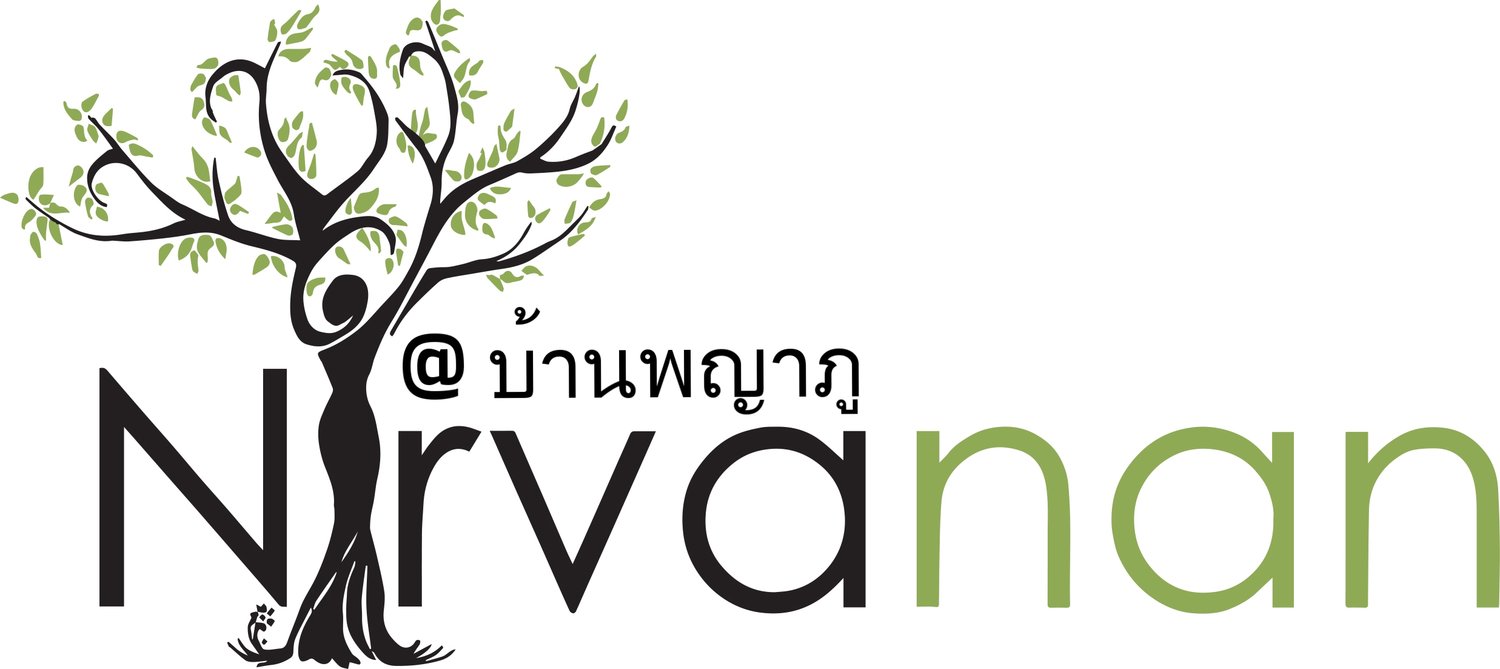History
Nan goes back to the depths of the history of Thailand. For centuries it was a separate, autonomous kingdom with few relationships with the outside world.Parts of the old city wall and several early wats dating from the Lanna period can be seen in contemporary Nan. The city's wats are distinctive; some temple structures show Lanna influence, while others belong to the Thai Lue legacy brought from Xishuangbanna in China, where the Thai Lue people originated.
Top Sites & Attractions
Wat Phumin
Nan’s most famous Buddhist temple is celebrated for its exquisite murals that were executed during the late 19th century by a Thai Lü artist named Thit Buaphan. The exterior of the temple takes the form of a cruciform bòht (chapel) that was constructed in 1596 and restored during the reign of Chao Anantavorapitthidet (1867–74). The ornate altar in the centre of the bòht has four sides, with four Sukhothai-style sitting Buddhas facing in each direction.
Walking Street
Every Friday, Saturday and Sunday afternoon the stretch of Th Pha Kong in front of Wat Phumin is closed, and vendors selling food, textiles, clothing and local handicrafts set up shop. 5-10pm Fri-Sun
https://www.lonelyplanet.com/thailand/nan-province/top-things-to-do/a/poi/357741
Nan National Museum, Walking Street
Housed in the 1903 vintage palace of Nan’s last two feudal lords, this museum first opened its doors in 1973. In terms of collection and content, it’s one of the country’s better provincial museums, and has English labels for most items. It was closed for renovations at the time of writing but is expected to reopen with much the same focus.
HOURS | 9am-4pm Wed-Sun, 100 Baht




